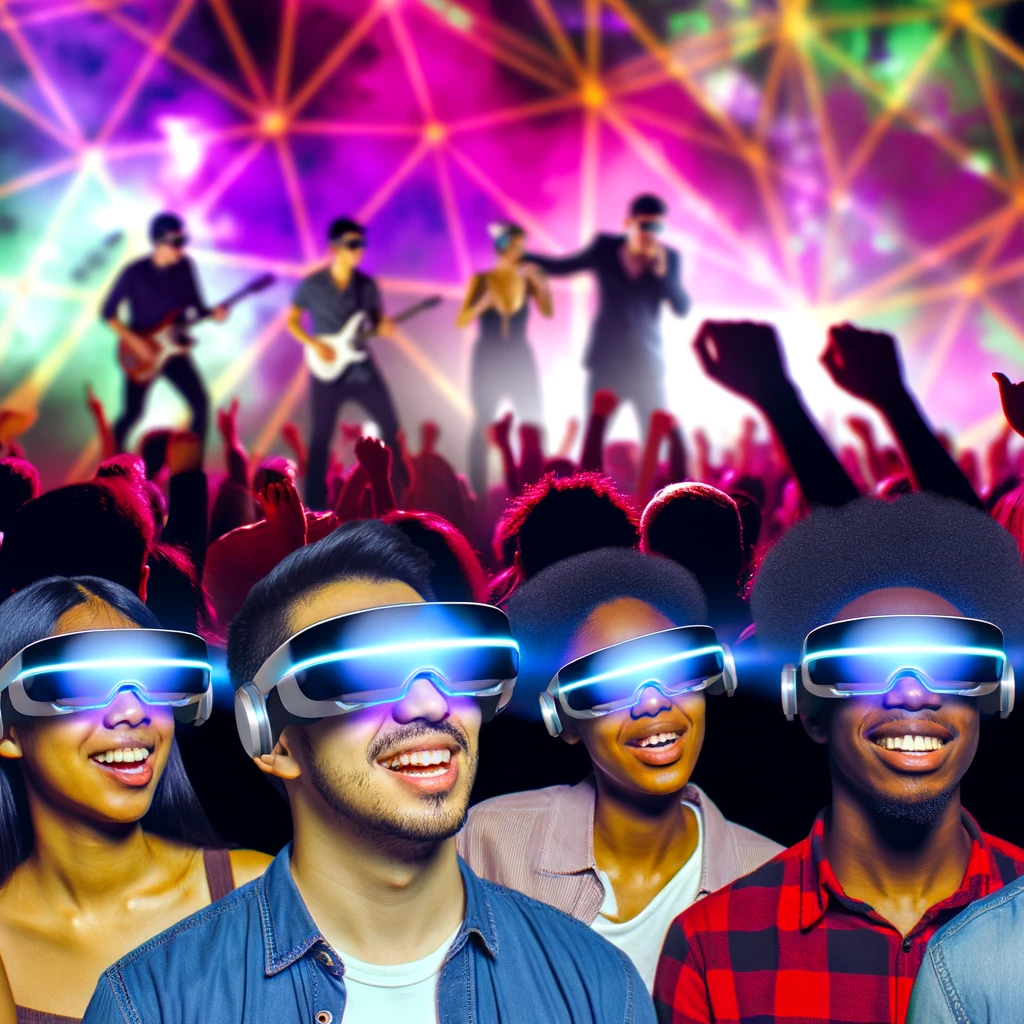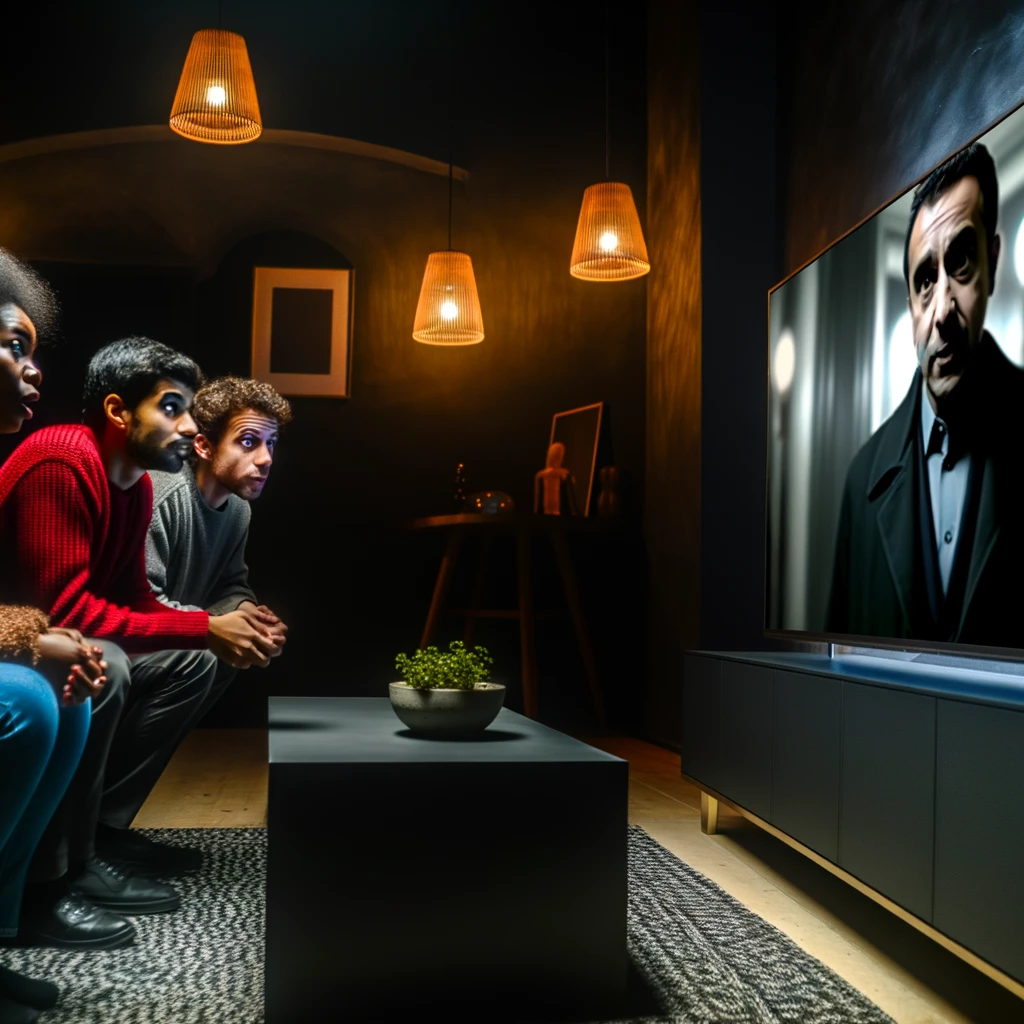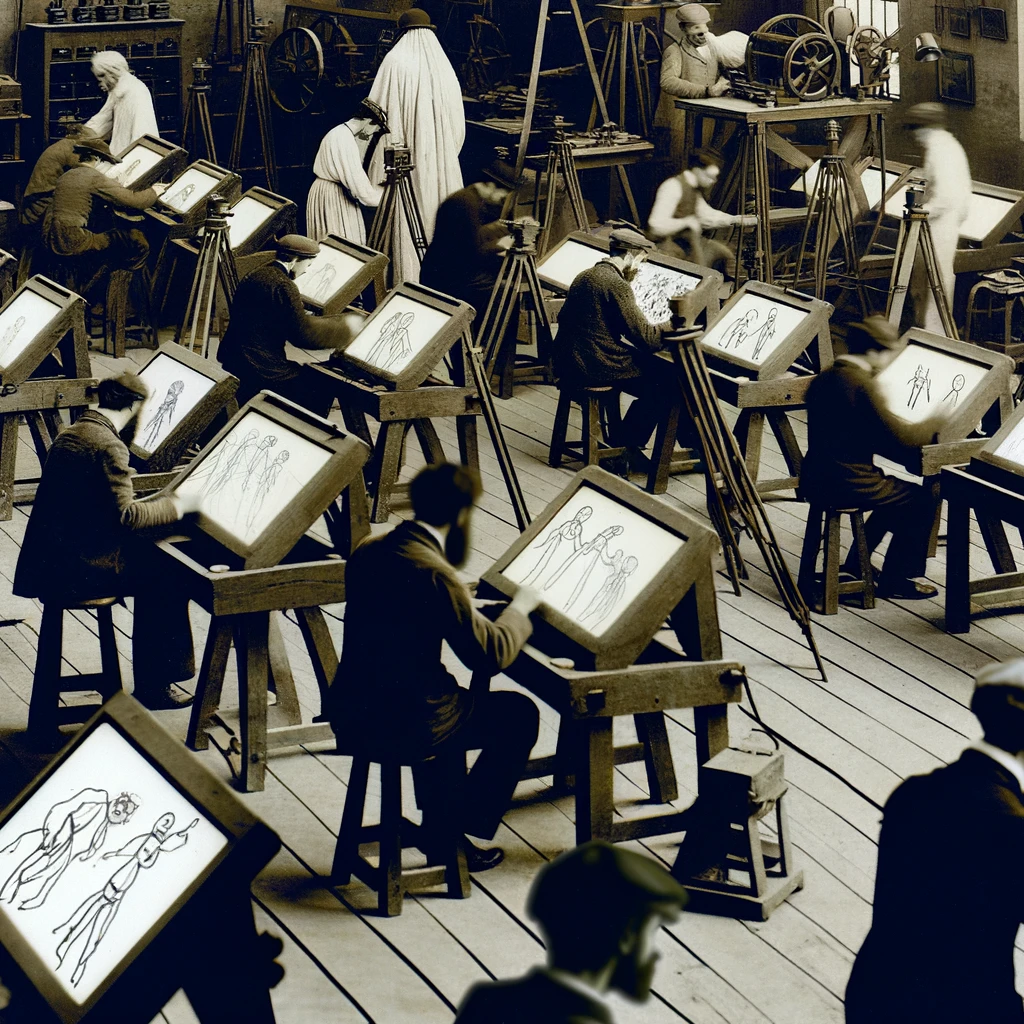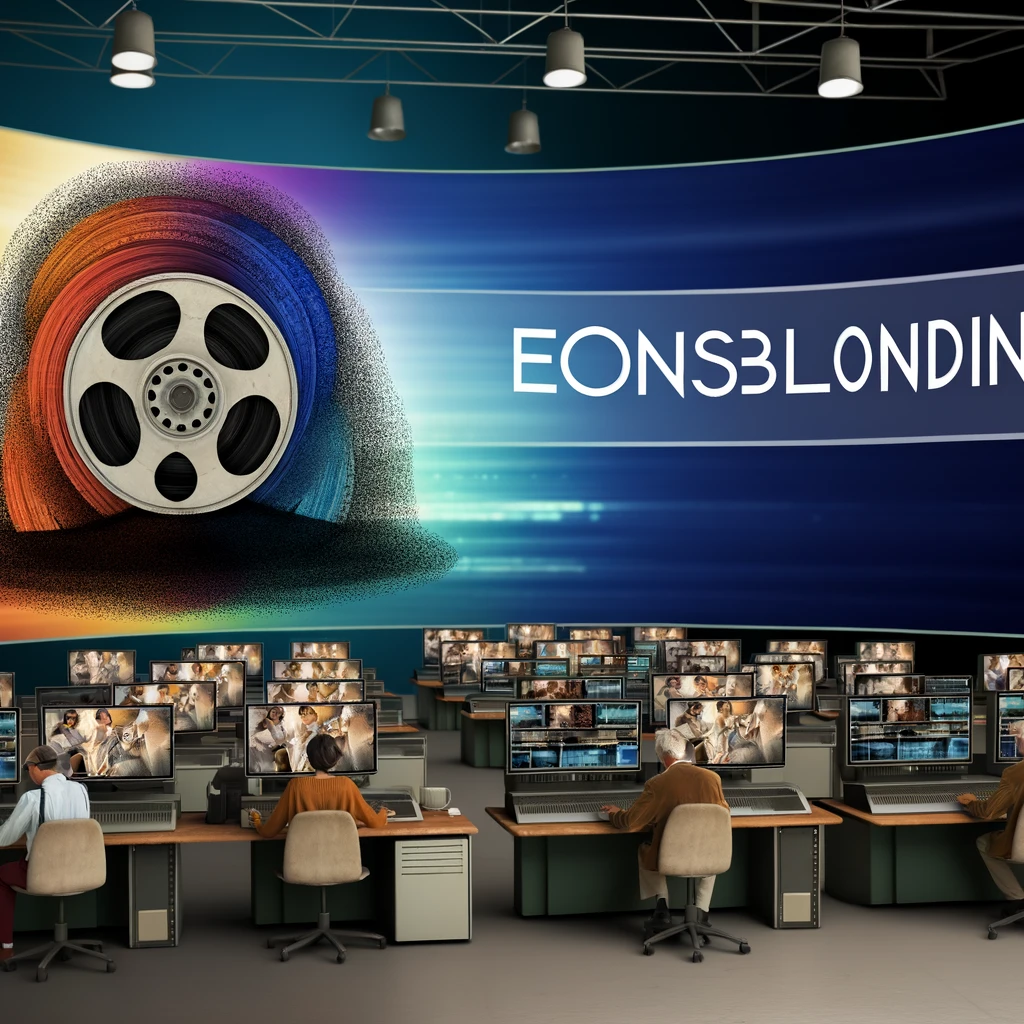
Introduction to Augmented Reality in Entertainment
Augmented Reality (AR) is revolutionizing the entertainment industry by seamlessly merging digital content with the physical world. This technology offers a transformative experience that captivates audiences by blurring the lines of reality. As AR technology continues to evolve, its applications in entertainment are expanding, creating new opportunities for immersive experiences.
The Evolution of Augmented Reality
Since its inception, augmented reality has undergone significant advancements. Initially used in military applications, AR has found its way into consumer markets, particularly in gaming and entertainment. The introduction of smartphones with powerful processors and sophisticated cameras has made AR accessible to a broader audience, paving the way for innovative applications in entertainment.
AR in Gaming
One of the most notable uses of AR in entertainment is in the gaming industry. Games like Pokémon Go have demonstrated the potential of AR to create engaging experiences that extend beyond the screen. By overlaying digital elements onto the real world, AR games encourage players to explore their environment, offering a unique blend of physical and digital interaction.
AR in Film and Television
Filmmakers and television producers are also exploring AR to enhance storytelling. By integrating AR into film and TV, creators can offer audiences a more interactive viewing experience. For example, viewers can use AR apps to access additional content, such as behind-the-scenes footage or interactive storylines, directly from their devices.
The Impact of AR on Live Events
Augmented reality is transforming live events by enhancing audience engagement. Concerts, sports events, and theater productions are leveraging AR to create immersive experiences that captivate attendees. Through AR, event organizers can provide real-time information, interactive visuals, and personalized content that enhances the overall experience.
Concerts and Music Festivals
Artists and event organizers are using AR to create visually stunning performances that engage audiences in new ways. By integrating AR into live shows, performers can create dynamic visuals that appear to interact with the real world, providing a multi-sensory experience that adds depth to the performance.
Sports Entertainment
In sports, AR is used to enhance the viewing experience by overlaying real-time statistics and graphics during broadcasts. Fans attending live events can use AR apps to access information about players, view instant replays, and even participate in interactive games that enrich the spectator experience.
Challenges and Future Prospects
Despite its potential, the adoption of AR in entertainment faces several challenges. Technical limitations, such as device compatibility and latency issues, can hinder the user experience. Additionally, the development of compelling AR content requires significant investment in both time and resources.
However, the future prospects for AR in entertainment are promising. As technology advances and more industries adopt AR, we can expect to see even more innovative applications that push the boundaries of what's possible. With continued investment and creativity, AR will likely become a cornerstone of the entertainment industry, offering experiences that were once only imaginable.
Conclusion
Augmented reality is not just a fleeting trend in entertainment; it is a powerful tool that is reshaping how audiences interact with content. By blurring the lines between the digital and physical worlds, AR provides a rich, immersive experience that is transforming the entertainment landscape. As technology continues to progress, the possibilities for AR in entertainment are limitless, promising a future where the lines of reality are increasingly interwoven with digital innovation.
Related Articles





